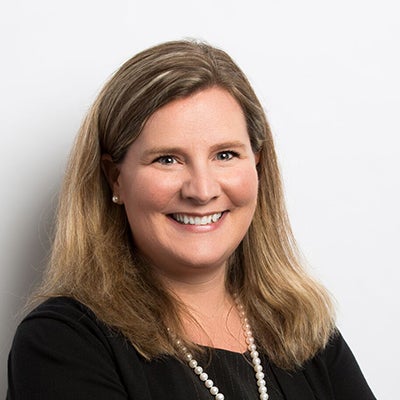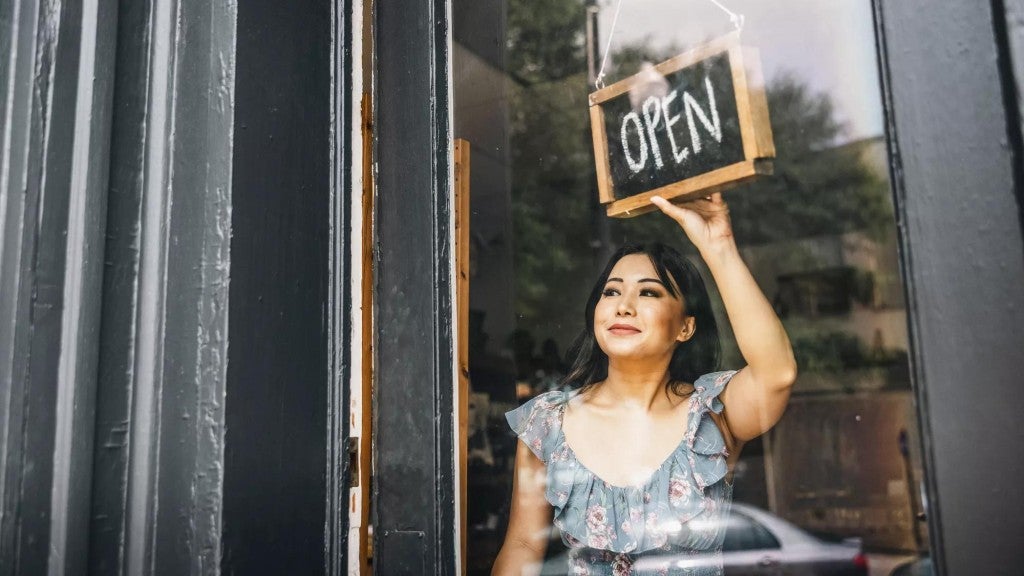
Amy is president of U.S. Insurance Solutions at Principal® and a loyal advocate for the small and midsized business community.
I started down the path to greater financial literacy as a college freshman, thanks to a pivotal class.
“Money for the Masses” introduced me to basic concepts such as interest rates and long-term savings. It taught me how the first $10,000 you save at the start of your career can compound to generate greater returns than the same $10,000 you save later in life. It helped me analyze and understand the personal experience of watching my family struggle with the financial burden of borrowing money to buy farmland in the 1970s, only to be squeezed by double-digit increases in interest rates.
Today I’m happy to see more Americans being given formal financial education while still in high school. A dozen states either already have or are in the process of requiring at least a semester of personal finance. That includes Iowa, my home state.
This curriculum seems to respond to the obvious need for greater financial literacy and wellness we see in the adult business world. More than half of full-time employees this year have struggled to cover monthly living expenses—including households with six-figure incomes. Employees’ financial stress has increased compared to 2021, affecting everything from job satisfaction to quality of sleep.
And 72% of these employees believe employers have a responsibility to improve workers’ financial well-being.
As business leaders we can embrace this responsibility in our workplaces by offering financial education that helps give employees access to practical solutions, so they can work toward financial goals. This is an important step toward helping them feel more empowered and less anxious.
Education also helps raise public awareness of nagging disparities in financial access, spurring us to collaborate on solutions.
For instance, women today own 49% of all businesses in the United States, yet women business owners in 2020 represented only 27% of business loan applications. Women-owned businesses also tend to receive smaller loans than men’s businesses, and their businesses tend to bring in less revenue.
Basic access to capital goes hand in hand with financial literacy to help an increasing number of people achieve financial security.
What can you do to improve financial literacy at work and beyond?
I see financial literacy in action every day: through conversations with business owners about the value of their business, through the expansion of employee access to planning and protection tools, and through savings and planning conversations with my own employees.
But my vantage point in financial services isn’t unique. Every business leader can contribute to what’s becoming a broad public-private partnership. Here are just a few examples of private responses leaders can make to public initiatives:
- Public: More extensive financial education takes root in classrooms.
- Private: Employers can support student success in numerous ways. For instance, the nonprofit network of state-based Jobs for America’s Graduates programs helps businesses provide quality internships for some of the most challenged students. Leaders can complement students’ financial education with real-world experience, help them identify career interests, and boost graduation rates—contributing to their long-term financial security.
- Public: The U.S. Small Business Administration has been expanding its network of Women’s Business Centers, now with more than 140 centers nationwide. This provides specialized financial education to a rising demographic of entrepreneurs.
- Private: Those entrepreneurs can rev up economic activity in some of the sectors and communities where they can have the greatest impact—and business leaders can help. Your business could make a public declaration to work with and support more firms owned by women and people of color, holding yourself accountable to a rigid deadline and transparent stats. What gets measured gets prioritized, and our business community can help alleviate some of the nagging disparities in financial access. Start with clients in your local community, or connect with a nonprofit such as Kiva that specializes in business microloans worldwide to expand financial access. Remember that there are so many ways you as a business leader can promote financial literacy and security beyond the good, basic step of offering financial education to employees.
Decades ago, I enrolled in that personal finance class as a college freshman out of a vague sense that I needed to bridge my own knowledge gap.
Today’s leaders can be driven by the specific, measurable knowledge gaps we still face in financial literacy. But I’m heartened by the real progress we’re making together—through investments and tools—to bridge them for the good of all our communities.
What's next
Learn about DataSetGo, a new data science and financial literacy program for high school students created in partnership between Principal Foundation and EVERFI—reaching 70,000 students and educators by 2025.



